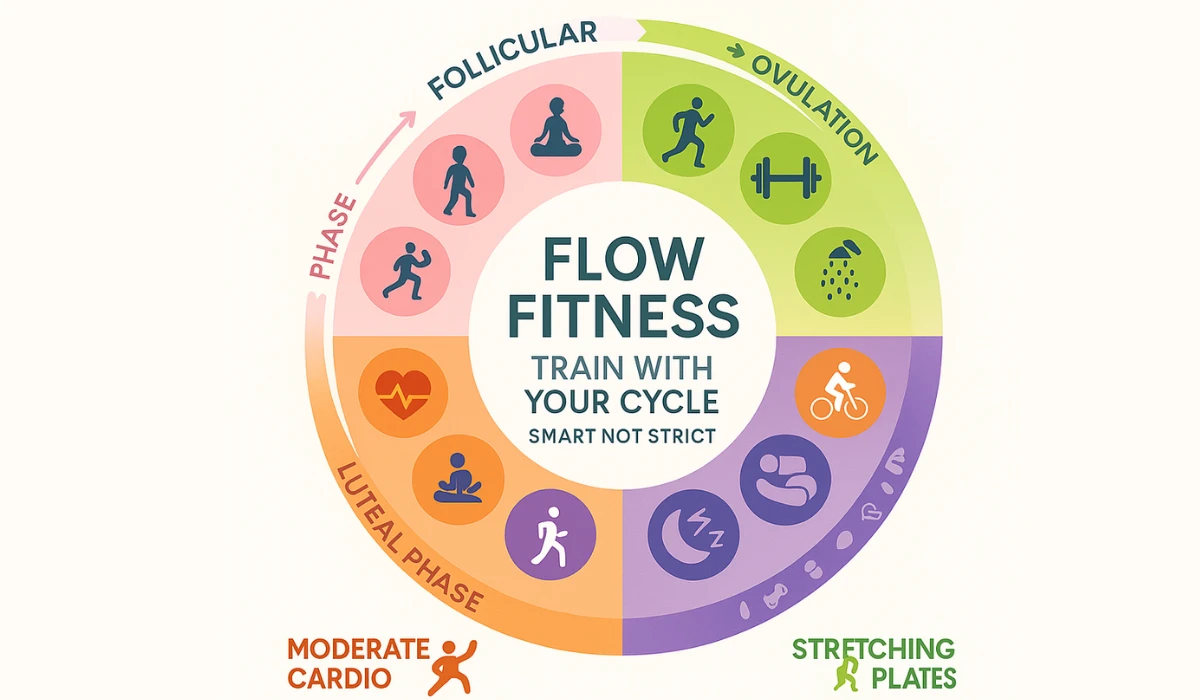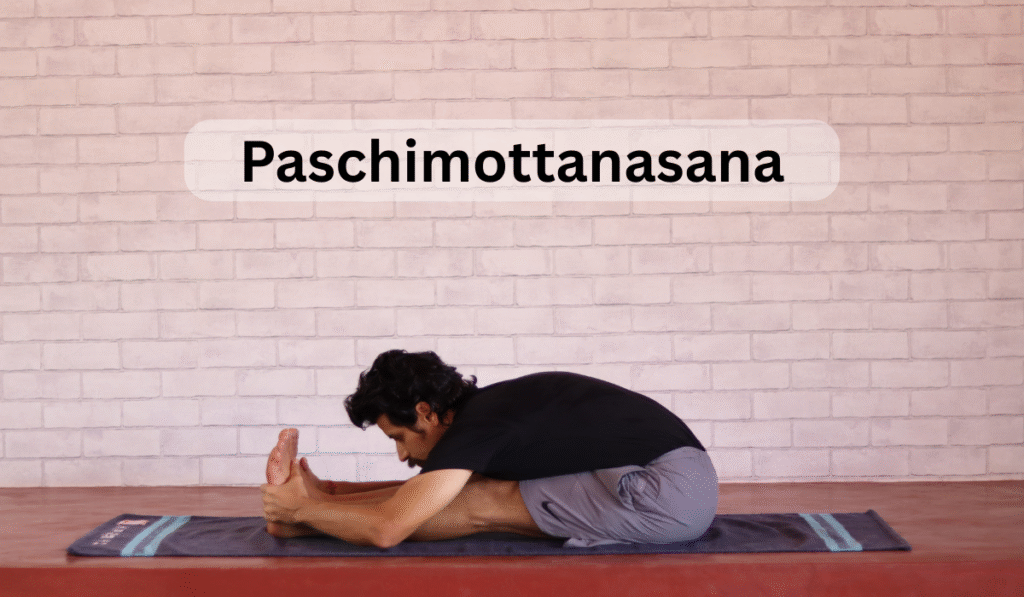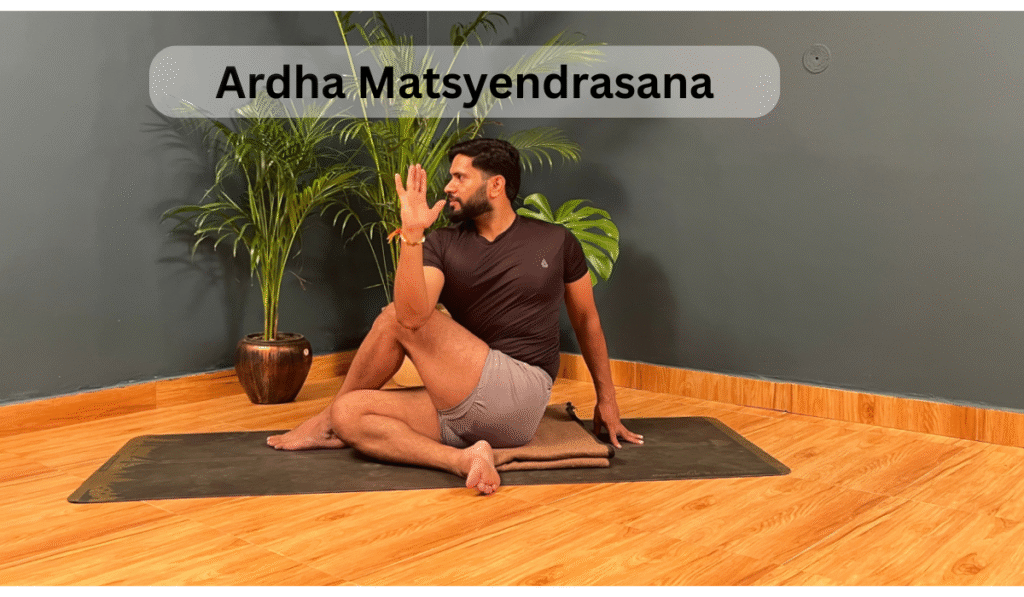We’ve all heard of seed cycling—eating certain seeds in different cycle phases to support hormones.
Flow Fitness is a similar idea, but for workouts and recovery. It’s about aligning training and rest with your menstrual cycle.
This isn’t about rigid rules. It’s about tuning in to your body’s natural rhythm so you can recover better, train smarter, and feel stronger—without pushing against your hormones.
What the Research Says
Female sex hormones, mainly estrogen and progesterone, influence many systems connected to exercise—like inflammation, energy metabolism, and recovery.
- A 2023 study showed that the menstrual cycle phase can affect post-exercise recovery, especially in the mid-luteal phase (with changes in breathing and ventilation).
- But the evidence isn’t always consistent. One umbrella review concluded that the cycle phase has little clear effect on acute strength or long-term training gains, mainly due to methodological differences across studies.
- Some training programs that adapt to cycle phases (like running plans) have shown improvements comparable to standard training.
- Newer research is also exploring how markers like CRP (inflammation) fluctuate across phases, potentially impacting recovery.
👉 Takeaway: hormones can influence recovery and exercise experience, but effects are subtle, individualized, and not universal.
Flow Fitness in Real Life
For simplicity, Flow Fitness can be divided into two main phases:
1. Follicular Phase (Menstruation → Ovulation)
- Hormones / Feelings: Estrogen starts low during bleeding but gradually rises. Energy usually increases as you approach ovulation.
- Training Focus:
- During bleeding: light yoga, stretching, walking.
- After bleeding stops through ovulation: strength training, HIIT, running, and higher intensity sessions.
- During bleeding: light yoga, stretching, walking.
- Recovery Tactics:
Warm baths and gentle stretching for cramps → then shift to cold or contrast showers after harder workouts.
2. Luteal Phase (Post-Ovulation → Pre-Period)
- Hormones / Feelings: Progesterone dominates. Basal body temperature is higher. Possible PMS, bloating, or fatigue.
- Training Focus:
Stick to moderate workouts—pilates, cycling, moderate weights, swimming, or brisk walking. Focus on consistency rather than maximum effort.
- Recovery Tactics:
Prioritize sleep, use foam rolling, shorter cold exposure, and relaxation strategies.
Practical Tips
- Track your cycle + symptoms: Not just dates, but mood, soreness, energy.
- Stay flexible: Some days won’t match the “phase rules”—listen to your body first.
- Adjust, don’t avoid: Don’t skip workouts entirely because of your phase. Adapt the intensity, not the habit.
- Use recovery tools more intentionally: Cold therapy, foam rolling, contrast showers, and rest matter most in phases where recovery feels slower.
Why Flow Fitness Matters
- You’ll feel more attuned to when your body needs rest versus when it can handle a push.
- It helps reduce risk of overtraining or unnecessary fatigue, especially in the luteal phase.
- Since science isn’t conclusive, the key is listening + adapting rather than following rigid prescriptions.
- Over time, you’ll build your own cycle-aware strategy—a personal training rhythm guided by your hormones.
Key Resources
Summary
Flow Fitness is a smart, flexible approach to exercise that aligns your training and recovery with your menstrual cycle phases. Instead of strict rules, it encourages listening to your body and adapting intensity based on hormonal shifts.
- The Science: Research shows female hormones like estrogen and progesterone influence inflammation, energy metabolism, and recovery. While findings are mixed and sometimes inconsistent, studies suggest subtle cycle-based effects on exercise experience and recovery, especially in the luteal phase.
- Practical Application:
- Follicular Phase (Menstruation → Ovulation): Start with light movement during bleeding (yoga, stretching, walking). As energy rises, add strength training, HIIT, and more intense sessions. Recovery can include warm baths for cramps, followed by cold/contrast showers after heavy workouts.
- Luteal Phase (Post-Ovulation → Pre-Period): Progesterone dominance may bring fatigue, bloating, or PMS. Stick to moderate, steady workouts like pilates, cycling, or swimming. Focus on sleep, foam rolling, and gentle recovery methods.
- Follicular Phase (Menstruation → Ovulation): Start with light movement during bleeding (yoga, stretching, walking). As energy rises, add strength training, HIIT, and more intense sessions. Recovery can include warm baths for cramps, followed by cold/contrast showers after heavy workouts.
- Tips to Apply Flow Fitness:
- Track not only your cycle dates but also mood, energy, and soreness.
- Stay flexible—listen to your body more than the calendar.
- Adapt intensity rather than skipping workouts.
- Use recovery strategies (cold therapy, stretching, sleep) more intentionally when recovery feels slower.
- Track not only your cycle dates but also mood, energy, and soreness.
Why It Matters: Flow Fitness helps women feel more in sync with their bodies, reduces overtraining risks, and builds a personalized cycle-aware fitness rhythm. It’s about training smarter, not harder.
FAQs
- What is Flow Fitness?
Flow Fitness is a method of aligning your workouts and recovery strategies with your menstrual cycle phases to improve energy, performance, and recovery. - Is this approach backed by science?
Yes, but with nuance. Research shows hormones affect recovery and exercise responses, but results vary. Flow Fitness uses this knowledge in a practical, adaptable way. - Do I have to change my workouts every phase?
Not strictly. Think of it as guidance. You adjust intensity when needed, rather than following rigid rules. - What if I don’t feel the “phase effects”?
That’s normal. Not everyone notices big changes. Track your personal symptoms and patterns to see what works for you. - Can beginners follow Flow Fitness?
Absolutely. Beginners benefit the most by learning how to align exercise habits with their body’s natural rhythm. - Do I need to skip workouts during my period?
No. You can engage in light activity during bleeding and gradually increase the intensity once your energy levels rise. The key is adapting, not avoiding. - What’s the biggest benefit of Flow Fitness?
It helps you train smarter by balancing performance with recovery, reducing fatigue, and enhancing consistency throughout your training cycle.
Ready to sync your workouts with your cycle? 🌸
Book a free discovery call with Intuiwell and learn how Flow Fitness can help you train smarter, recover better, and feel stronger—without fighting your hormones.



